When I was recently in the Philippines to attend TBEX, a conference for travel bloggers and media, I signed up for a FAM trip with Gawad Kalinga (GK). GK is a community development foundation which aims to end poverty in the Philippines by restoring the dignity of the poor. More than 100 million people live in the Philippines and 25 million of them live below the poverty line. GK currently works with over 2,000 communities on different projects, but one of their biggest initiatives is helping to build safe and healthy homes and communities for those living in poverty.
As other bloggers jetted off to beautiful white sand beaches, and luxurious resorts, our group of five bloggers headed to Quezon City, about 30 minutes (without traffic) north of Manila. This is where we turned off the busy, modern highways to narrow, dirt roads lined with tiny shops and houses with makeshift tin roofs. We entered through a small entrance where our bus couldn’t even fit through, into the small community we would be helping for half the day.
This GK community was in the process of being built. On one side of the “street” you saw the makeshift homes that people were living in and the other side is where the new homes were being built. The new homes are being built with the help of volunteers and locals who would soon be living in the houses once they were completed. The whole purpose of this is that GK believes in sweat equity, since these people don’t have money to pay for a better home, they give their time to work for/earn their house. Not only does this allow them to appreciate their homes they earn so much more, but it also provides them with valuable skills that they wouldn’t be able to get elsewhere. On this particular community project, 20-30 skilled workers are employed and the community is welcome to volunteer/intern to earn a certification which will allow them to be employed on other GK projects.
As we got the rundown of the work GK was doing, I watched a local lady walk by with two men holding onto her shoulders, this is when we learned what makes this community especially unique. Each person living in this area, and each person who would be getting a new home have at least one family member either blind or living with a disability. When we later took a walk through the slums that these families were currently living in, it’s hard to even fathom living here with any sort of disability. The path (photographed below) was uneven, filled with cracks and obstacles which made walking difficult for even those like myself.
The houses were made of makeshift materials, kids ran around with no shoes, wearing clothes that were two sizes too big. Although these living conditions were less than okay, the one thing you noticed was how big the hearts were of the people living here. The kids helped their parents with household chores, and still had big smiles on their faces. To them, this life was normal, as many have come from generations of poverty. The new GK houses being built for them would be their first step into living a more “normal” life. “For the first time ever these families will have their own home address,” Jose, an Executive Director of GK explains. The houses in which they will be given will be officially owned by the respective family. They are allowed to transfer the house to the next generation, but they aren’t allowed to sell it.
After we had a brief of the project and the community, I was eager to help in some way. We were divided into two teams, one which would help with the mixing of concrete and one that would help take the supplies of rocks and sand from the top of the hill where the entrance was to the bottom where they were building the houses. Since the area is so narrow, the delivery trucks can’t deliver the supplies directly down to the construction site. I helped with the rocks and the sand. We took wheelbarrows up and down the hill and shoveled in the supplies. As I watched the locals do this in about half the time I could, I couldn’t help but feel like I was just slowing down the process. However, the GK employees informed us that by us helping increase the amount of staff helping with these tedious tasks, the skilled workers have time to work on the more complex aspects of the construction.
As the sun shined brightly, and beads of sweat were pouring off every inch of my body, we had a break to go take some time to eat a lunch which was locally prepared for us and to play with some of the local children. The kids slowly made their way up to the main area where we were and lined up in single file by boys and girls. You can tell they were so excited to get the opportunity to play some games, especially since they saw candy was involved as prizes. However, as I saw how rotten all their teeth were, I felt that candy was the last thing these kids needed. Anyway, the GK staff broke the kids into teams where we played some games of freeze dance and musical chairs. What I loved about interacting with the kids was seeing how grateful they were. Being from North America, it’s normal to see kids be so bratty, they cry and argue when they are “out” from games like musical chairs and hardly do you even ever see them allowed to play outside alone. However, these kids were just happy to play and it truly is a reality check when you see how people can literally have nothing, not even shoes on their feet, yet still be able to smile and laugh.
Our day came to an end, as we gathered our things, boarded our bus, and pulled away from this amazing community. The locals, especially the adults, seemed so grateful for having us come visit as they waved goodbye to us as our bus drove off.
I think I left a bit of my heart in this community. It’s opportunities like these that you have when you travel that really open your eyes to the things happening in our world. We become so blind to these things living our privileged lives back home. I’m so grateful to have had the chance to be welcomed into this community for an afternoon and I’m so excited to continue to follow the amazing things Gawad Kalinga does to help deserving people like those in this community have a second chance at living better, and healthier lives.

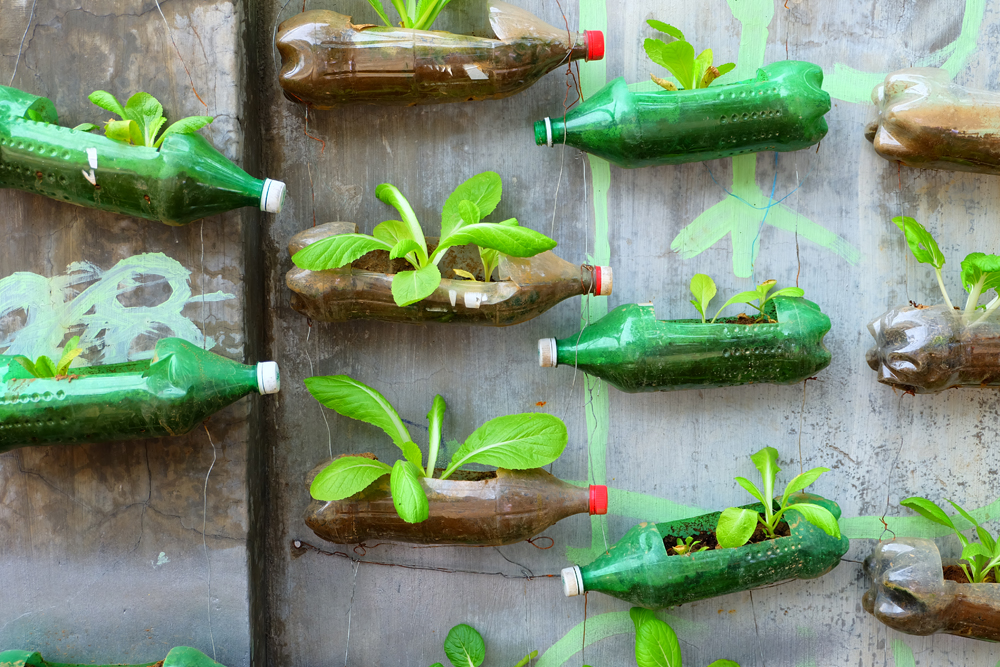
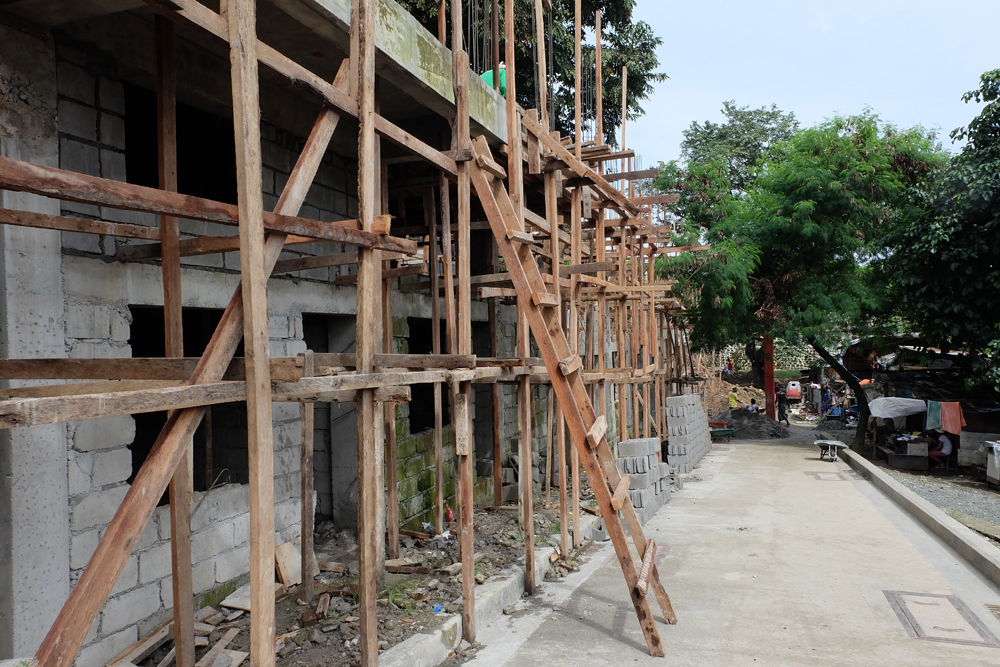
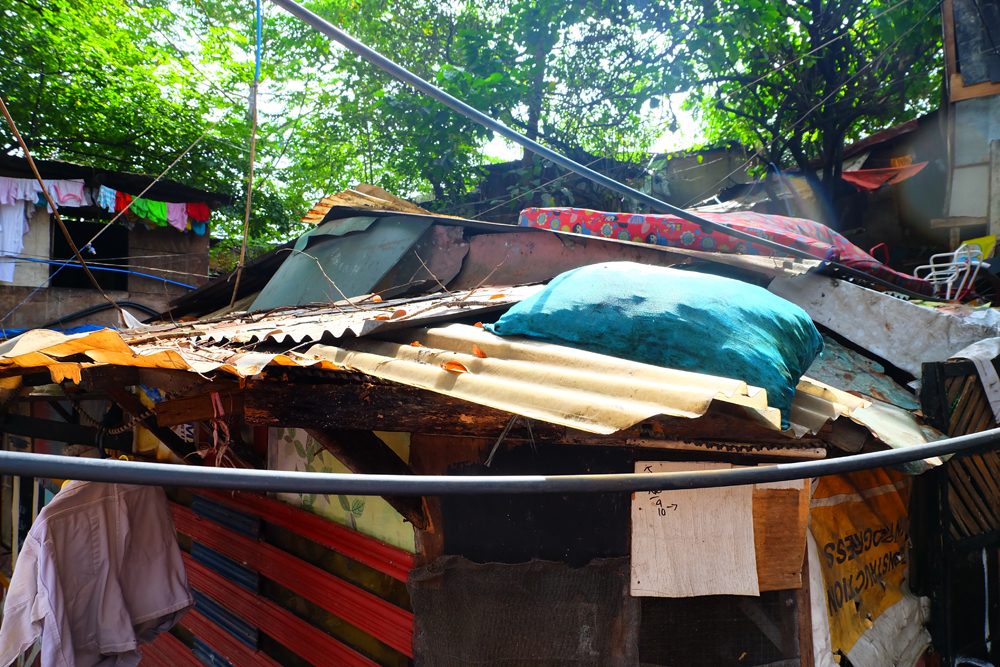
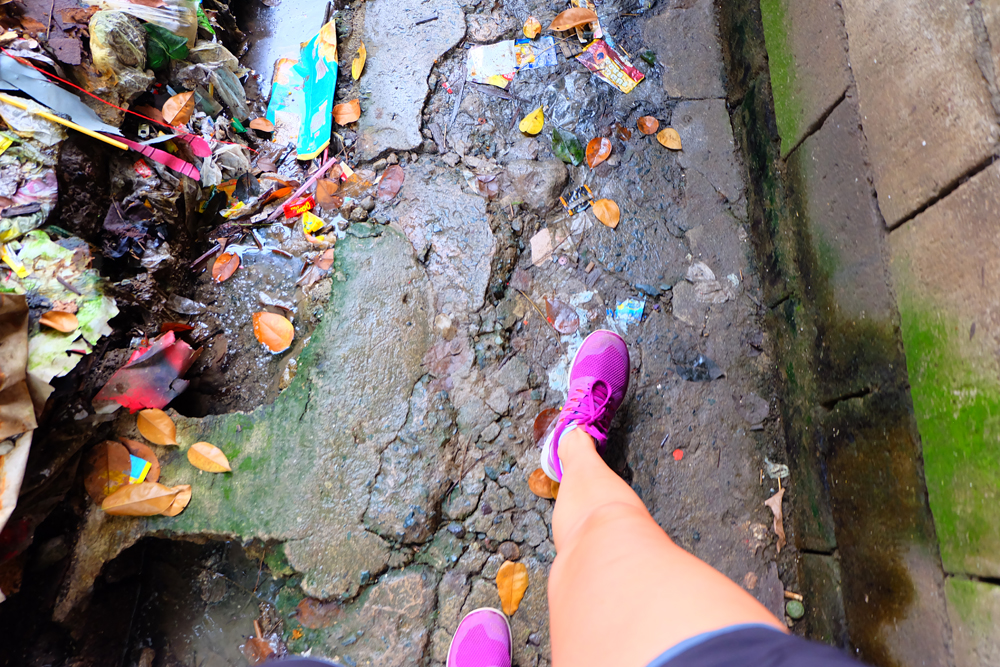
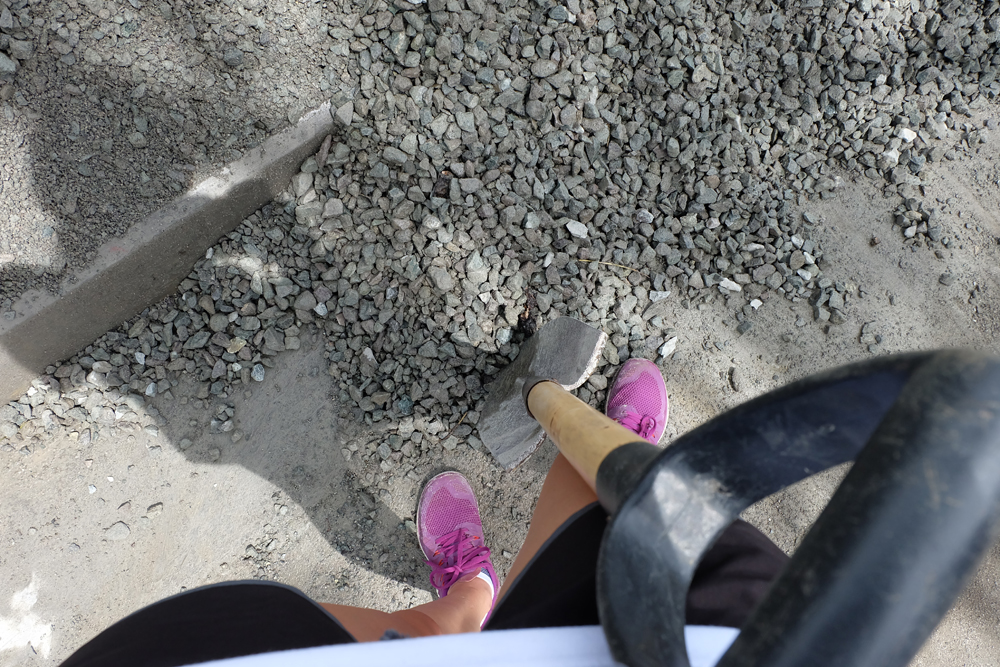
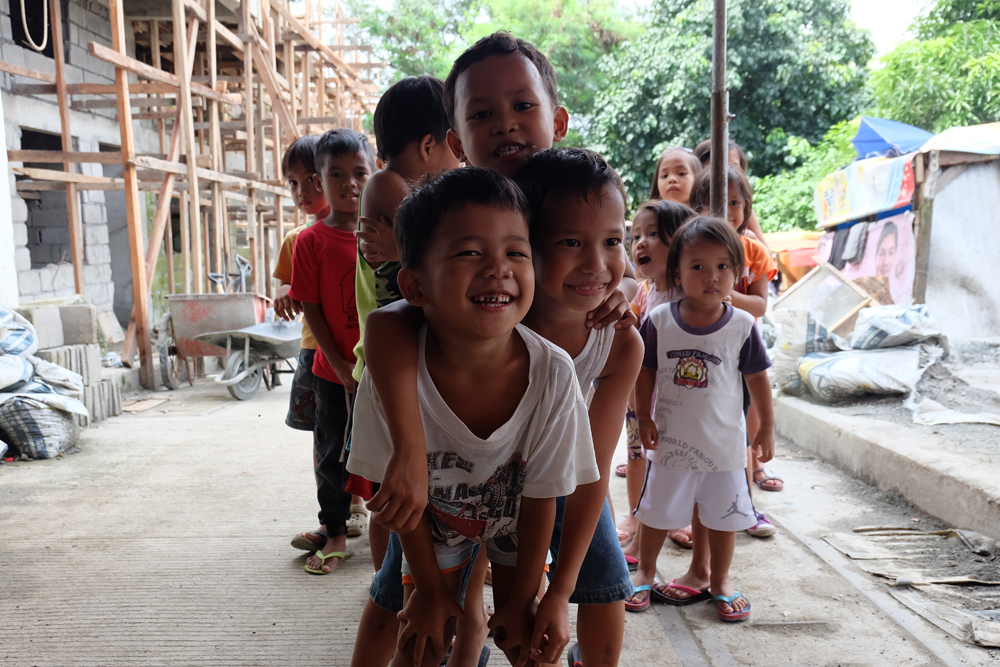
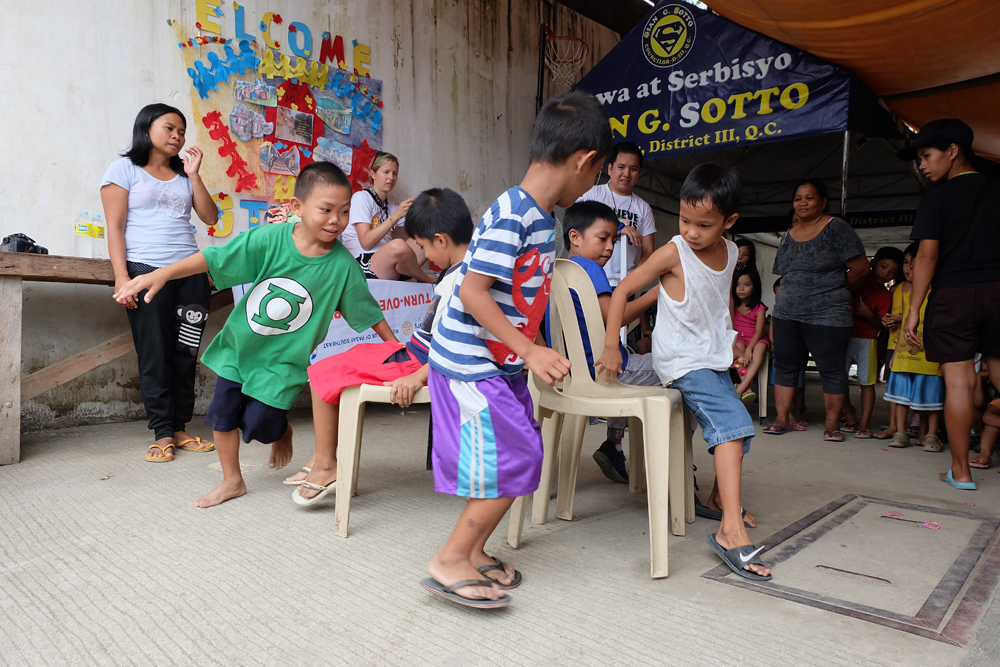
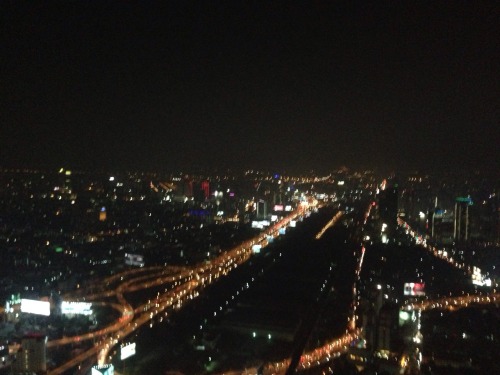
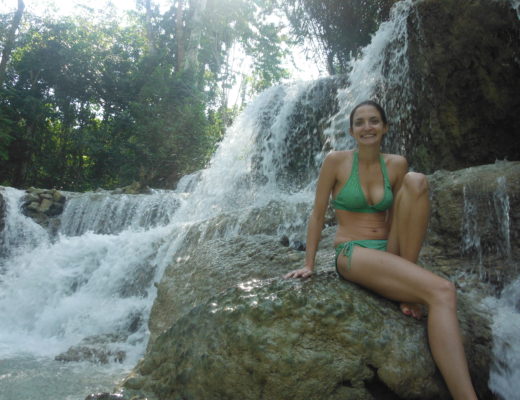
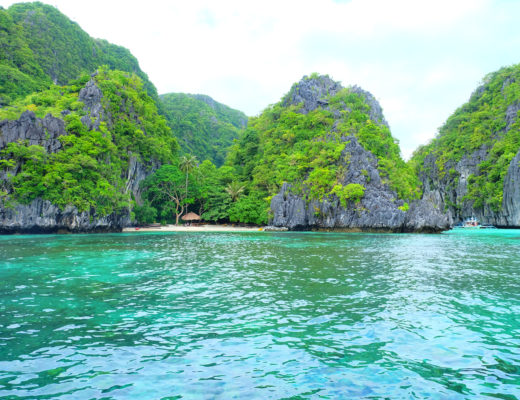

1 Comment
Minnie
March 9, 2017 at 2:38 amStellar work there evoneyre. I’ll keep on reading.